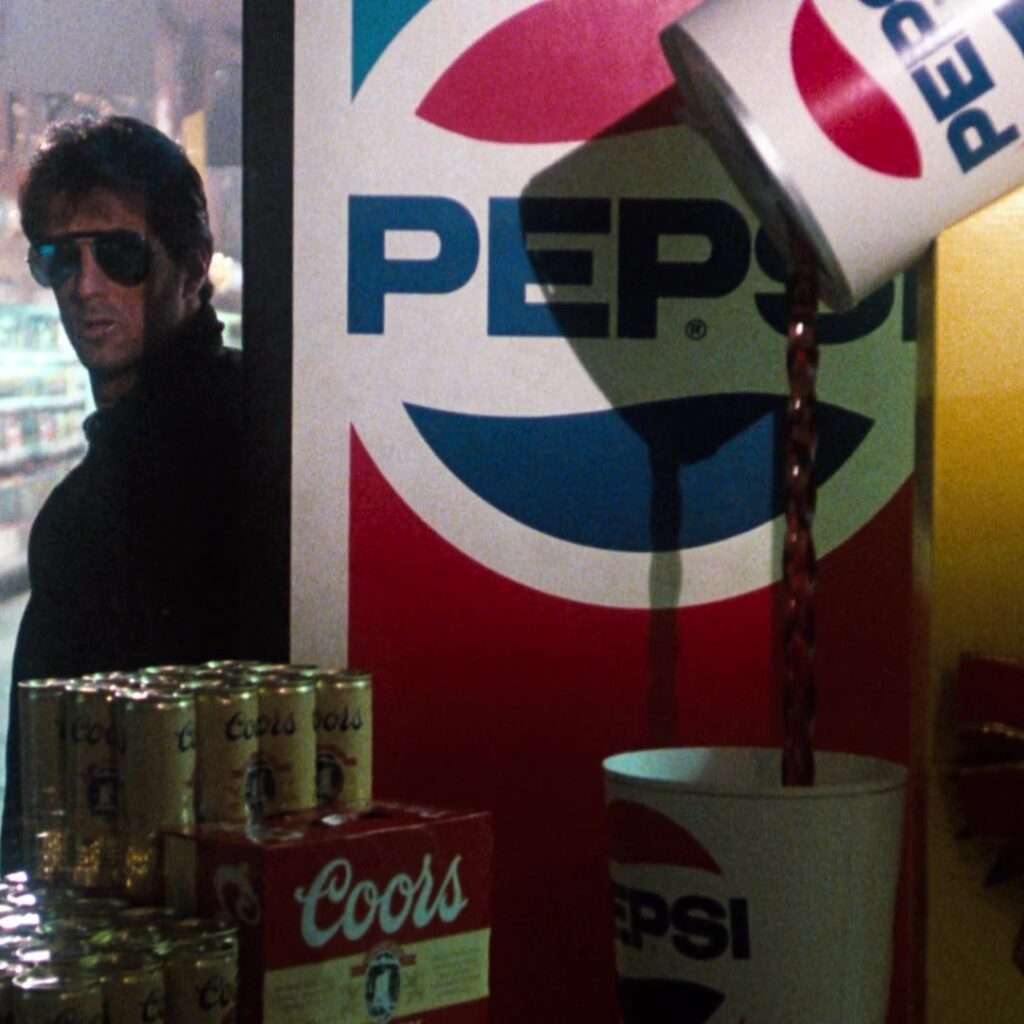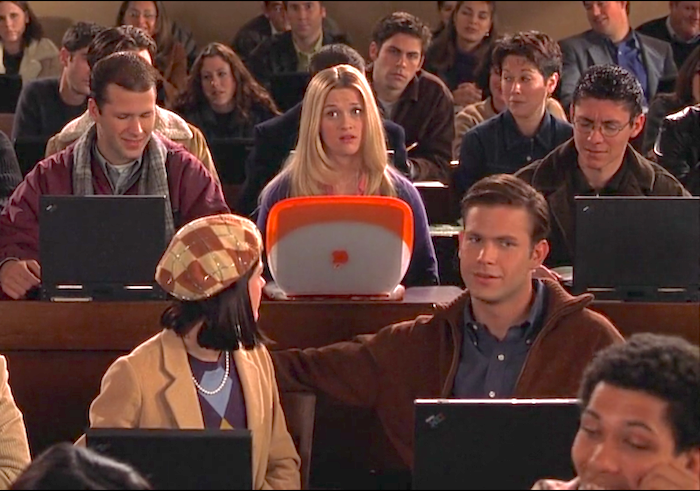Product Placements and The Entertainment Industry


Ezekiel Muoneke
Content Writer
- Blog
- June 3, 2023
- 5:06 pm
Have you ever seen a movie scene where a particular product is brandished for a few seconds or a TV show where a character casually mentions the name of a brand? If you have, then you’ve very likely witnessed a form of advertising called product placement.
Product placement is a technique that companies use to promote their products or services by integrating them into various forms of media, such as films, TV shows, video games, music, and even books. Product placement can be subtle or obvious, depending on the context and the intention of the advertiser. In this article, we will explore what product placement is, how it works, why it is important, and some examples of successful product placements in the entertainment industry.
Product Placement: The Art
The Oxford Dictionary defines product placement as a practise in which producers of goods or providers of services pay to have their goods or services advertised in films and television shows. Product placement can also be referred to as “embedded marketing” or “embedded advertising”, as it involves embedding the product or service into the content of the media. Product placement can take various forms, such as:
• Visual: The product or service is shown on screen, either prominently or in the background. For example, a character may drink a can of soda with a recognisable logo or drive a car with a visible brand name.
• Verbal: The product or service is mentioned by name or described by a character or narrator. For example, a character may praise the quality of a smartphone or recommend a restaurant to another character.
• Plot: The product or service is integrated into the storyline or theme of the media. For example, a character may use a specific gadget to solve a problem or achieve a goal, or a scene may take place in a specific location that showcases the product or service.


How Product Placement Works
Product placement works by creating an association between the product or service and the media content that features it. This can influence the audience’s perception, attitude, and behaviour towards the product or service. According to Investopedia, product placement can create explicit and implicit advertising effects.
~ Explicit effects: Product placement can increase awareness and recall of the product or service among the audience. For instance, after seeing a brand mentioned in a movie through product placement, viewers are more likely to identify it.
~ Implicit effects: Product placement can affect the feelings and opinions of the audience towards the product or service. For example, product placement can create positive associations between the product or service and the characters, settings, or emotions depicted in the content.
Product placement can also influence the purchase intention and behaviour of the audience. For example, product placement can create a desire for the product or service among the audience, especially if it is portrayed as desirable, useful, or trendy. Product placement can also trigger impulse buying among the audience, especially if they encounter the product or service shortly after seeing it in the content.
Why Product Placement is Important
Both media producers and advertisers value product placement. Product placement can be beneficial to advertising for a variety of reasons, including:
1. Cost-effectiveness: Compared to other types of promotion, such as TV commercials or print ads, product placement can be more affordable. Since it can be viewed by many audiences frequently over time, product placement can also result in long-term exposure and value for the good or service.
2. Credibility: Because product placement might be interpreted as an endorsement by the media content or its creators, it can increase the product or service’s credibility and trustworthiness. Product placement can also avoid some of the scepticism and resistance that traditional advertising may face from consumers who are wary of being manipulated by marketers.
3. Relevance: Product placement can make the product or service more relevant and appealing to the target audience, as it can be tailored to fit the context and style of the media content. Product placement can also reach audiences who are otherwise difficult to access through traditional advertising channels, such as young people who consume more digital content than traditional media.
ENJOYING THE ARTICLE?
Sign up For Our Newsletter
For media producers, product placement can also offer several benefits, such as:
1. Revenue: Product placement can provide an additional source of revenue for media producers who may face challenges in funding their projects. Product placement can also help offset some of the production costs involved in creating high-quality media content.
2. Resources: For media producers, product placement can provide them access to resources that might otherwise be too expensive or impossible to access. The quality of the media content can be enhanced, for instance, by using product placement to gain access to venues, props, tools, talent, and distribution channels.
3. Great Traction—More Endorsement Deals: Great delivery creates great traction, and consistent delivery creates more endorsement deals; it’s not rocket science. When a TV show or movie delivers massively in its first and subsequent outings, there’s bound to be a lot of hype and rave, and this is good for business, especially when it comes to product placement and how it’s neatly done.
Take, for instance, the Nigerian reality TV show Big Brother Naija. When it re-emerged on the scene in early 2017, it promised to be a total revamp of the original, promising more excitement and buzz like never before, no small thanks to its now famous tagline, “See Gobbe.” It ended up delivering, successfully spawning five more seasons and counting and inherently becoming a hotspot for product placement in Nigerian entertainment.


Examples of Product Placement in Movies
Movies are one of the most popular and lucrative platforms for product placement, as they can reach a large and diverse audience worldwide. Some movies are known for featuring multiple brands and products throughout their scenes, while others are more subtle and selective. Here are some of them:
~ James Bond Movies (Hollywood): The James Bond franchise is famous for its product placement, especially of cars, watches, drinks, and gadgets. The iconic spy has driven various models of Aston Martin, BMW, Ford, and Jaguar cars, worn Rolex, Omega, and Seiko watches, drank Martini, Heineken, and Macallan whisky, and used Sony, Samsung, and Nokia phones. According to a report by Concave Brand Tracking, the 2015 James Bond movie Spectre featured 35 different brands and products with a total value of $36 million.


~ Top Gun (Hollywood): The 1986 action movie starring Tom Cruise boosted the sales of Ray-Ban aviator sunglasses by 40% after he wore them in several scenes. The movie also featured other brands such as Pepsi, Marlboro, Budweiser, and Kawasaki motorcycles. According to a study by Forbes, Top Gun had the highest return on investment for product placement among movies released between 1985 and 2010. It even boosted applications into the American military by young people and still remains a cult classic today.
~ The Wedding Party (Nollywood): With the recent re-emergence of Nollywood on the silver screen, we have witnessed quite a lot of product placement in the film industry, especially with big-budget movies. A case in point is the rom-com drama The Wedding Party.
Stemming from the creative quarters of ELFIKE Film Collective, The Wedding Party told a simple story of love, compatibility, and perseverance and, in its comic fashion, dished out a whole load of shenanigans along the way, creating a compelling storyline and various catharses for a good laugh. Apart from being a good movie, The Wedding Party neatly incorporated a couple of product placements that felt genuine and related to the entire plot. This move paid off and resulted in box office success, becoming the highest-grossing Nigerian film until 2021.


Negative Implications of Product Placement
While we can rave about the goody bags and benefits product placement brings to both the media outfit and the brand(s) involved, there are also negatives, or in Nigerian parlance, “wahala,” that this brings, especially when executed poorly. Let’s discuss some of them.
1. Interference
When it comes to music, TV shows, or music, product placement can sometimes be distracting or intrusive, especially if it is excessive, irrelevant, or inconsistent with the context of the story. For example, some viewers may find it annoying or unrealistic to see a character using a specific brand of phone or laptop that does not fit their personality or situation, or worse, the character Batman ranting about the benefits of eating a particular candy bar all in a bid to sound “fun.”
With the aforementioned product placement, the audience’s immersion and suspension of disbelief while watching the media content can be broken, and that’s not good for business.
2. Creating Ethical Concerns
Product placement can raise some ethical issues, such as deception, manipulation, or exploitation of the audience. For example, some viewers may feel deceived or misled by product placement if they are not aware that it is a form of advertising and not part of the creative expression of the media content. Some viewers may also feel manipulated or influenced by product placement if they are not able to critically evaluate the claims or benefits of the product or service. Moreover, some viewers may feel exploited by product placement if they are exposed to products or services that are harmful, inappropriate, or unsuitable for them, such as alcohol, tobacco, or gambling.
3. Reducing Credibility & Quality of The Media Content
Product placement can also have a negative impact on the credibility and quality of media content, especially if it is perceived as biassed, unoriginal, or commercialised. For example, some viewers may question the integrity and authenticity of the media content if they suspect that it is influenced by the interests and agendas of the advertisers. Some viewers may also lose respect and appreciation for the media content if they think that it is compromised by product placement and lacks creativity and artistic value.
Another instance was during a wrestling show I recently saw. Now, for clarity’s sake, I am a huge wrestling aficionado, and I say it with every ounce of pride in me. But things took a bit of a nose dive when a particular match fans had anticipated ended up becoming a glorious commercial. Prior to the match, the storyline was perfectly built up, promising a dark, gritty match that would lead to a tumultuous crescendo. Unfortunately, the infusion of branded mascots in the course of the match killed the vibe, soured the taste for many fans, and earned one of the highest disapproval ratings for a wrestling match in the modern era.
Conclusively, product placement is a powerful marketing tool that can influence the audience’s perception, attitude, and behaviour towards the products or services featured in the media content. However, it can also have some drawbacks, such as interference, ethical concerns, and reduced credibility and quality. Therefore, product placement should be used carefully and strategically to avoid negative consequences and achieve positive outcomes.











